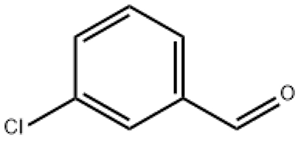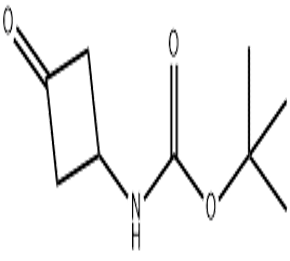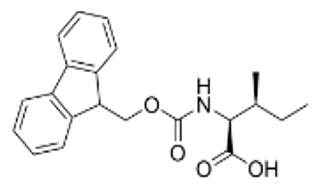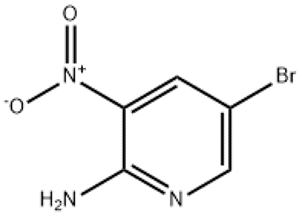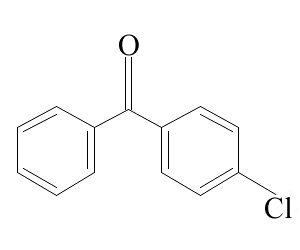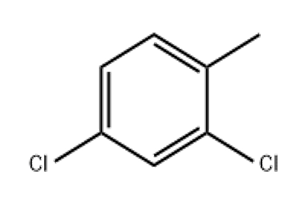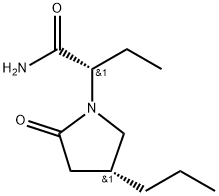3-Chlorobenzaldehyde(CAS# 587-04-2)
| Hazard Symbols | Xi – Irritant |
| Risk Codes | 36/37/38 – Irritating to eyes, respiratory system and skin. |
| Safety Description | S26 – In case of contact with eyes, rinse immediately with plenty of water and seek medical advice. S36 – Wear suitable protective clothing. S37/39 – Wear suitable gloves and eye/face protection |
| UN IDs | 2810 |
| WGK Germany | 2 |
| FLUKA BRAND F CODES | 1-9 |
| TSCA | Yes |
| HS Code | 29130000 |
| Hazard Note | Irritant |
Introduction
M-chlorobenzaldehyde (also known as p-chlorobenzaldehyde) is an organic compound. The following is an introduction to its properties, uses, manufacturing methods and safety information:
Quality:
- Appearance: M-chlorobenzaldehyde is a colorless to light yellow liquid with a pungent odor.
- Solubility: It can be dissolved in most organic solvents, such as ethanol, dimethylformamide, etc., but its solubility is lower than that of water.
Use:
- Aldehyde curing agent: It can be used as an aldehyde curing agent in resins, coatings and other materials to play the role of cross-linking curing.
Method:
The preparation methods of m-chlorobenzaldehyde are mainly as follows:
- Chlorination: The chlorination reaction between p-nitrobenzene and cuprous chloride produces m-chlorobenzaldehyde.
- Chlorination: p-nitrobenzene is chlorinated by reduction to form p-chloroaniline, and then through redox reaction to form m-chlorobenzaldehyde.
- Hydrogenation: p-nitrobenzene is hydrogenated to form m-chloroaniline, and then redox to form m-chlorobenzaldehyde.
Safety Information:
- Inhalation or ingestion of m-chlorobenzaldehyde may cause poisoning, and inhalation of vapors or splashes into the mouth should be avoided. Seek medical attention promptly if you eat or inhale.
- Avoid contact with oxidants, strong acids and other harmful substances, and avoid ignition or high temperatures.
For specific use, please follow the relevant regulations and safety operation guidelines.


